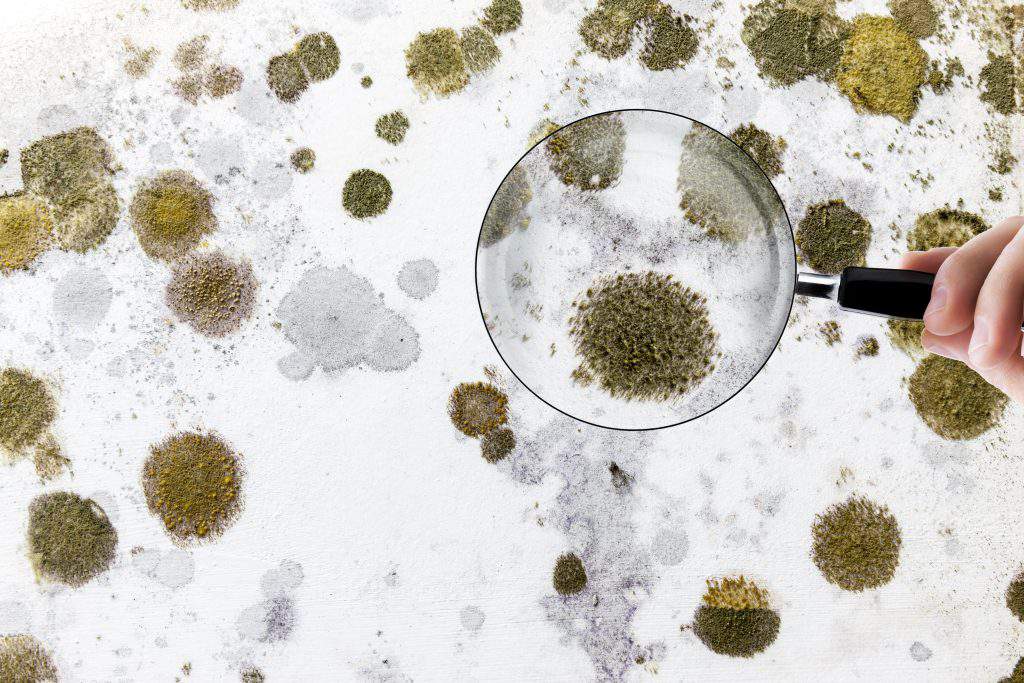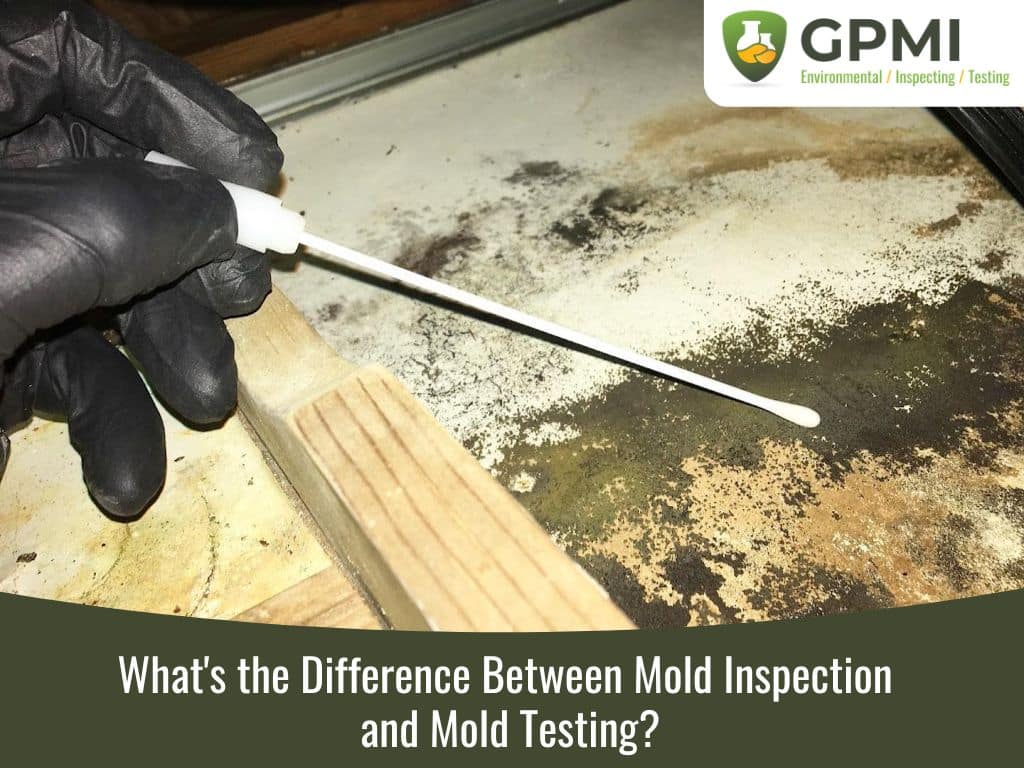Comprehensive Post Mold Remediation Procedures
Comprehensive Post Mold Remediation Procedures
Blog Article
Expert Tips for Blog Post Mold And Mildew Remediation Success
In the world of mold removal, successfully eradicating mold is only half the fight; the real challenge lies in preventing its reappearance. By sticking to professional tips and ideal methods, people can secure their spaces versus mold and mildew renewal and preserve a healthy and balanced indoor atmosphere.
Screen Humidity Levels Frequently
Regular tracking of moisture degrees is vital in ensuring the effectiveness of article mold remediation efforts. After finishing mold and mildew removal treatments, keeping ideal humidity degrees is critical to protect against mold and mildew re-growth and guarantee a healthy and balanced indoor environment. Tracking humidity levels permits for early discovery of any spikes or variations that might possibly cause mold revival. High humidity levels above 60% develop a helpful setting for mold and mildew to prosper, making normal checking a proactive action to avoid any type of future mold and mildew issues - Post Mold Remediation Report.
In addition, developing a routine timetable for humidity checks, particularly in high-risk locations such as cooking areas, restrooms, and basements, is a positive approach to mold prevention. By constantly keeping an eye on humidity levels, residential or commercial property owners can effectively minimize the threat of mold reoccurrence and keep a healthy indoor environment post-remediation.
Conduct Thorough Inspections Post-Remediation
Complying with the conclusion of mold remediation procedures, it is essential to perform thorough evaluations to validate the effectiveness of the remediation procedure. These post-remediation examinations are important in making certain that the mold and mildew problem has actually been efficiently dealt with which there is no reappearance or remaining mold development. Examinations ought to be performed by certified experts that have know-how in recognizing mold and mildew and evaluating indoor air top quality.
During these assessments, numerous approaches such as aesthetic analyses, air sampling, and surface area tasting may be used to extensively review the remediated locations. Aesthetic analyses entail a thorough examination of the premises to check for any noticeable signs of mold and mildew growth or water damage. Air tasting helps in identifying the airborne mold spore degrees, while surface area sampling can discover mold particles on surfaces.
Implement Correct Air Flow Techniques
After ensuring the efficiency of the mold and mildew removal process through thorough examinations, the following important step is to focus on applying appropriate ventilation methods. Adequate ventilation is essential in stopping mold and mildew reoccurrence by controlling dampness levels and promoting air flow.
Appropriate ventilation not only help in preventing mold growth but also contributes to the total health and wellness and convenience of owners. By ensuring adequate air flow throughout the property, you can reduce the threat of mold and mildew regrowth and produce a healthier living environment.

Usage Mold-Resistant Materials for Services
To enhance the long-term performance of mold removal efforts, including mold-resistant products for repair work is critical in minimizing the risk of future mold growth. Mold-resistant products are developed to hold up against wetness and inhibit mold growth, making them an important option for areas susceptible to moisture and humidity. When fixing areas influenced by mold and mildew, using products such as mold-resistant drywall, mold-resistant paints, and mold-resistant caulking can help protect against mold recurrence.
Mold-resistant drywall is a superb alternative to standard drywall in locations like restrooms and cellars where moisture degrees are greater. This sort of drywall has a special finish that More Help stands up to mold and mildew development even when subjected to damp conditions. Additionally, utilizing mold-resistant paints having antimicrobial representatives can better hinder mold and mildew growth on ceilings and walls.
In locations where dampness is usual, such as bathroom and kitchens, utilizing mold-resistant caulking around tubs, windows, and sinks can aid secure out water and stop mold from taking hold in fractures and crevices. By spending in these mold-resistant materials during repair work post-remediation, you can substantially decrease the possibility of future mold and mildew concerns and keep a much healthier indoor setting.
Maintain Tidiness and Address Water Issues
After mold remediation, it is critical to maintain a clean environment to avoid the regrowth of mold and mildew. Leakages, water breach, or high moisture degrees can create the ideal reproduction ground for mold and mildew, so it is vital to take care of any kind of water-related problems promptly.
To keep sanitation, take into consideration using HEPA filters in vacuums and air purifiers to trap mold spores and avoid their flow airborne. Making certain proper ventilation in locations vulnerable to moisture buildup, such as kitchens and washrooms, can help maintain moisture levels in check. By remaining watchful about cleanliness and mold removal leads addressing water concerns without delay, you can properly protect against mold and mildew reinfestation and keep a healthy interior atmosphere.
Conclusion

In the world of mold and mildew remediation, efficiently removing mold is only half the battle; the true obstacle exists in preventing its reappearance. After completing mold remediation procedures, preserving ideal moisture degrees is essential to prevent mold re-growth and make sure a healthy click this site and balanced interior environment. High humidity degrees over 60% develop a helpful environment for mold and mildew to thrive, making regular keeping an eye on an aggressive action to protect against any kind of future mold and mildew issues.
To enhance the long-term performance of mold and mildew removal initiatives, integrating mold-resistant materials for repair work is essential in minimizing the threat of future mold and mildew growth. After mold remediation, it is crucial to maintain a tidy environment to avoid the regrowth of mold.
Report this page